MOROCCO LOCAL PRODUCTS
Morocco country is greatly known for its ecosystem and biodiversity. These climatic and human factors has made this country rich in a variety of local products it produces for its home and exporting it to other foreign countries as well. Each and every region has their own specialty, for example:
- Argan oils in Agadir
- Desert truffles in Northwest
- Orange blossom water in the Khemisset region
- Goat cheese and figs from Taounate
- Honey, Amlou, Saffron, Dates, Henna and Rose water from Southern Morocco.
Morocco is a hub to all the shopaholics out there as the country produces broad range of local products such as argan oil, spices, leather, honey, saffron and many more. You name it and Morocco has it all. So whenever you visit Morocco, make sure you buy them all as the country supplies the best quality products at an affordable price.
In this article, we will deal with the richness, quality, excellence and the diversity of Moroccan local products by region and how these products are affecting our health and well-being.
List of Morocco Products
Olive Oil
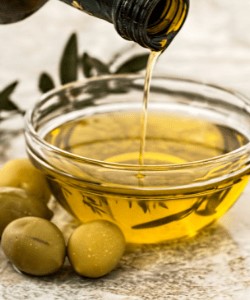
The region’s olive trees grow mainly in the areas of Ouazzane, Chefchaouen,Tetouan and Larache. It is located in the northern region of Morocco, precisely in the rural community of Meskala (Chiadma tribe) and rural community of Zaouita (Haha tribe), we find the best olive trees that extracts good quality olive oil. About 12000 olive trees are planted near Tyout River.
What are the benefits of olive oil?
• Extra virgin olive oil is a fantastic source of antioxidants and healthy fats
• It reduces your risk of heart disease protects against strokes
• It is a natural remedy for the skin.
Can olive oil repair damaged skin?
Olive oil has regenerating and healing properties that comes from its vitamins, and using a few drops of this oil can help repair the dry parts of the skin, plus it has the ability to heal scars. In fact, the vitamin D in this oil can also help you if you suffer from other skin conditions such as rosacea and psoriasis, as it calms inflammation.
Figs
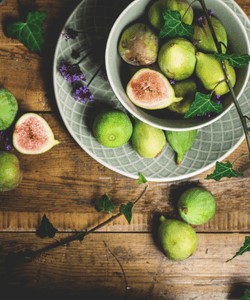
Where can you find figs?
In the Ouazzane region, more than 1,000 ha fig trees are planted. Annual production estimated at 500 tonnes is consumed fresh or dried. The sun, accomplice of farmers, provides the sugar to make good fruit. About 25 tons of figs are processed.
What are the benefits of the fig?
• Figs contain huge amount of fiber and essential minerals. Some of these minerals include magnesium, manganese, calcium, copper, potassium and vitamins K and B6, which promotes healthy bowel movement and relieves constipation so it helps to improve your digestive system.
• Improve the heart health
• Lowers cholesterol
• Cures anemia
• It is rich in antioxidants.
Do figs help to strengthen bones?
Figs contain calcium and magnesium, two minerals that play a role in the
maintaining the health and strength of your bones. But also, they contain a compound called strontium, which research shows helps support bone health.
Oranges
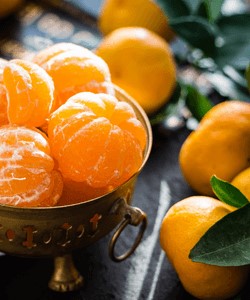
Where can you find the best oranges?
Morocco is ranked 4th exporting country of fresh citrus fruits in the world and the 2nd exporter of supplying oranges in the world. In the northeast of the Kingdom is the citrus capital of eastern Morocco, Berkane. Berkane oranges are known and appreciated throughout the country, and this is due to its ideal climatic conditions with rains in October and November. There is about a production of 1,200 hectares of new plantings. In total, the harvest is expected to reach 1.86 million tonnes, registering an increase of 6% growth.
What are the benefits of oranges?
• Clementine is rich in antioxidants including vitamin C, which can help improve the health and appearance of the skin
• It also helps reduce the risk of getting breast cancer
• It helps to eliminate free radicals that damage DNA.
• Due to vitamin C presence, it strengthens your immune system
• Eating oranges lowers blood pressure
• Helps with weight loss (Oranges are low in calories)
• Oranges also prevent skin damage, one orange a day can help you help to look younger.
ROSEMARY HONEY
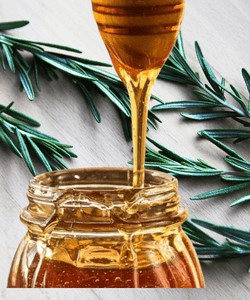
Where can you find rosemary honey?
Oriental rosemary honey is made from flower beds on the rosemary stumps.
It comes from the Hauts Plateaux, typical of a terroir that is both wild and gentle, it grows on the basin Mediterranean, and especially in arid and rocky scrubland, and on limestone soils. Rosemary, a plant picked spontaneously by bees on the Hauts Trays, is transformed into essential oil for therapeutic and cosmetic purposes.
What is rosemary honey used for?
• Ideal for dry skin, acne, sensitive skin and helps even skin tone.
• It also helps with respiratory problems
• Relieves throat congestion and
• It is useful for many respiratory allergies, colds, sore throats and flu, probably due to due to its antiseptic and antispasmodic effects.
• Rosemary honey is beneficial for hair growth and also reduces hair loss.
Green Anise
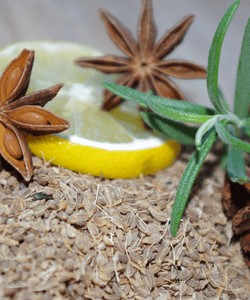
Where can Green Anise are found?
Green anise is usually grown on an area of 850 hectares in northwestern Morocco, which is located between Fez and Meknes in the province of El Hajeb, producing 600 tons of seeds. It has a sweet and fragrant aroma and flavor with strong licorice notes. With the coriander and cumin, green anise is one of the most essential spices in the Moroccan kitchen
What are the benefits of green anise?
• Star anise Oil can be used as a home remedy to treat cough and flu as the oil produced from star anise contains some of the important properties such as thymol, terpineol and anethole.
• Anise also helps improve digestion, and relieves cramps and reduces nausea. Drinking star anise tea after meals helps to reduce the digestive upset in your body such as bloating, gas, indigestion and the constipation.
• Anise is most often used for indigestion and for long-term fat disorders.
• It is also used to reduce symptoms of depression
• To prevent the growth of fungi and bacteria
• Reduces inflammation.
Capers
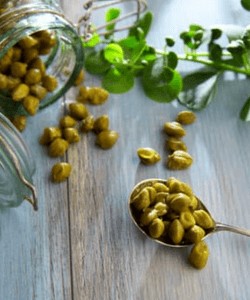
Where are capers located in Morocco?
Morocco is the first caper producing country, with a long experience in this field since the export and collection of capers began a long time ago. The traditional caper plantations are found in different regions such as Taounate, Safi and Taroudant. Moroccan production of capers amounts to around 20,000 tons per year, making it the first world producer of this Mediterranean plant and also the first exporter, particularly to the American and European markets.
Where are capers used?
It is best known for its edible buds and fruits which are usually marinated eaten. Pickled or salted caper is often used as a seasoning or trim.
What are the benefits of caper?
• It is known that capers lowers flatulence and it have an ant rheumatic effect.
• They are liver stimulants and protectors, which improves liver function.
• They contain significant amounts of the antioxidant bioflavonoid rutin.
• Capers contain a variety of antioxidants, which play an important role in the limitation of oxidative stress and may even help reduce the risk of certain types of cancer.
• Capers are also a source of: Vitamin A and Vitamin E
THE WHITE TRUFFLE
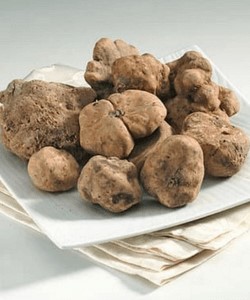
Where is the White Truffle found?
The white truffle grows in the middle of the desert, between the duration from November to April. The volume and quality of picking depends on rainfall and weather conditions. The truffle is harvested between March and May, knowing that its abundance is mainly linked to rainfall in fall.
The white truffle which is a very rare truffle to find, called the white gold of the desert, is found in some places that encourage its growth and cultivation such as the forest of Mâamora in the North-West, and in the plains of the high plateaus in the East and in the Sahara in the South and South-East.
What are the benefits of white truffle?
• The white truffle is known for its usefulness in the kitchen
• Medicinal Benefits
• It is used to treat eye infections and
• Act as a remedy for trachoma and skin infections and to cure eye diseases such as trachoma.
• It relieves stomach pain,
• Solves your nail problems
• In some regions it is used as an antibiotic because in its composition it has no toxicity.
Orange blossom water
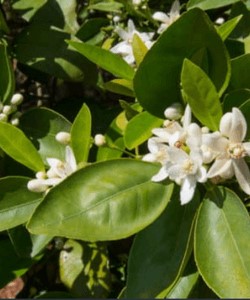
Where can you find orange blossoms?
Cultivation and distillation of orange blossom water is done in the region of Khemisset, but orange blossoms are found almost everywhere in Morocco. It is used as perfume and is also used in Moroccan cooking.
What are the benefits of Orange Blossom Water?
• It aids in digestion
• Relieves gas
• Facilitates the expulsion of food waste from your stomach
• It reduces the incidence of constipation as it is considered a laxative for the stomach
• It also helps calm stress and anxiety, and relaxes the nerves and improves the quality of sleep as it leads to relaxation.
• It also has benefits for the skin and hair, it tightens pores, shrinks them and purifies from impurities, thus making the skin fresh, delaying the appearance of wrinkles and delaying the signs of age.
• Protects your skin from all the stretch marks and cracks, as it helps renew your skin cells and tissues
• It moisturizes the hair and gives it strength and shine. It is a common ingredient found in hair care products.
Resin spurge (Euphorbia resinifera)
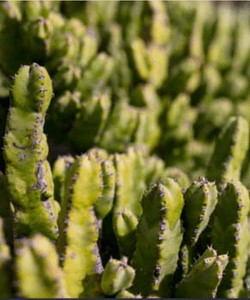
Where can you find resinous spurge?
Tadla Azilal region is known for its unique leafy spurge ocean, it is a houseplant for te production of resin spurge. This region is mainly important as we find a honey that is very rare called Euphorbia Honey. Resin Spurge is found all along the foot of the mountain from Demnate to El Ksiba and occupies an area of more than 8,000 ha. The production of annual honey is around 600T. This very rare honey is appreciated for its virtues nourishing and medicinal. It is the most appreciated by consumers and is renowned international. It is used in the confection of traditional cakes, is very energetic and low in protein.
What are the benefits of resin spurge?
• This plant is used as a powerful laxative and act as a remedy for poisoning snake bites.
• In Morocco, this plant is “prescribed” by local herbalists in the treatment of cancer. Therefore it is named as the anti-cancer plant.
• It treats sore throats and relieves you from coughs.
• It is recommended for people who have hypertension, cardiovascular disease, and allergic asthma.
Pomegranate
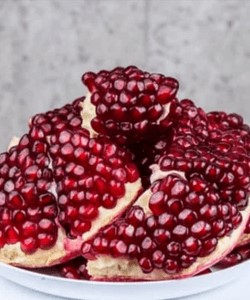
Which region of morocco is pomegranate generally grown?
In the Beni Mellal-Khénifra region and specifically in the northwest of the Tadla region produces the best pomegranates in Morocco. Very few know it, the Moroccan pomegranate and more particularly that of “Safri” of Ouled Abdellah (province of Fqih Ben Salah) is known to be one of the best pomegranates in the world, with very thin skin, juicy seeds and a sweet flavor.
What are the benefits of pomegranate?
• Pomegranate has antioxidant, antiviral and antitumor properties and is said to be a good source of vitamins, especially vitamin A, vitamin C and vitamin E, as well as acid folate, the antioxidants present in pomegranates are almost three times higher than those wine or green tea.
• It helps to strengthen immunity
• Fights against type 2 diabetes
• Controls blood pressure
• Aids digestion and makes your skin glow
• Pomegranate helps to pump up the level of oxygen in our blood.
• The antioxidants present in pomegranate helps you to reduce your cholesterol level
• Prevents you from the blood clots. This will eventually help the blood to flow throughout the body, improvising the level of oxygen in your body.
• It prevents arthritis
Rose water

Where can you find quality rose water?
Moroccan rose water is fabricated from Damascus roses. It is generally considered as the best, particulary in its 100% pure form. The best rose water that can be found in the kingdom is in the region of Kelâat Mgouna in southern Morocco. Pure Moroccan rose water is obtained by distillation of petals of pink roses. It takes about 400 fresh roses to make a liter of floral water
What are the benefits of rose water?
• Rose water has a very satisfying and pleasurable aroma and sweet scent of roses, widely found as an ingredient in perfumes
• It is also an amazing moisturizer with antioxidant, antibacterial, anti- inflammatory and anti-aging.
• It helps in hydration of the skin and also helps in the regeneration of skin tissue and thus making your skin cells stronger.
• It can eliminate acne and reduces skin redness.
• And it maybe use for hair too, to stimulate hair growth and repair damaged hair
Saffron
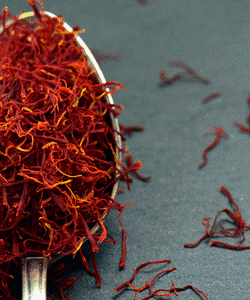
Where is the best saffron in the world?
Morocco among the world’s leading producers of saffron. Taliouine saffron has a more complex bouquet than saffron from Iran and Spain. Experts show that it contains more safranal – the organic compound largely responsible for the spice’s aroma.
What are the benefits of saffron?
• May help to fight cancer, improve eyesight and boost brain function
• Aids in digestion, cures asthma and it is very beneficial during pregnancy
• Ideal for people with arthritis and heals wounds
• It has been used in various countries to treat skin diseases, respiratory issues, poor vision and body pain
• Cure mental illnesses and infections
• The active compounds in saffron work against inflammation, hyper pigmentation and UV rays. It also provides protection against UV rays, which is the most common cause.
• Frequently used for premature aging of the skin.
Prickly pear
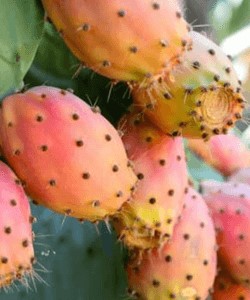
Where can you find prickly pears?
You can find some of the amazing quality prickly pears in the city of Sidi Ifni. This city in located in the region of Ait Baâmrane, which is known as the Moroccan capital Cacti.
It benefits from a favorable climate with the more than 45,000 hectares of land which are used to produce large numbers of prickly pears, about half the national cactus production.
What are the benefits of prickly pear?
• Prickly pear can treat diabetes, high cholesterol and obesity
• Studies have shown that prickly pears can treat hangovers.
• It is known for its antiviral and anti-inflammatory properties.
• It helps lower cholesterol, can lower high blood glucose level
• If you drink prickly pear juice in the morning, this will prevent your body from a liver damage.
• It protects against heart diseases.
Is it beneficial for the skin?
Prickly pear oil prevents the formation of fine lines and wrinkles, so it is a good anti-aging agent; it also helps to repair damaged skin, wounds, scars and others imperfections. This oil is used to lighten the skin, but you have to be careful and not expose yourself to the ray of sunshine.
Goat cheese
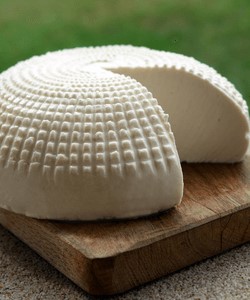
Where is goat cheese found?
Goat Cheese is found in the south-west of Morocco, precisely in the regions of Guelmim. This goat cheese is without any additives or preservatives, which makes it a premium quality product.
Why is goat cheese good for your health?
• Help with digestive health due to its protein composition
• Goat cheese has proteins, healthy fats, vitamins, iron and other essential nutrients that will keep your body energized throughout your day.
• Goat Cheese is rich in calcium which makes your bones and teeth stronger and healthier
• Every parent should introduce goat cheese and milk for their children as it provides enough energy to perform regular activities.
• It contains fatty acids that help you to repair and exfoliate your skin.
Camel Fat – Loudek and Tichtar
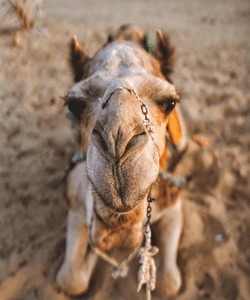
Where can you find camel fat?
The Loudek is the fat of the dromedaries and Tichtar is a product that is made by drying the camel meat and cutting them into strips of meat, so that it could be stored and preserved for several months. It is typically found in the southern regions of Morocco.
What is camel fat used for?
Our body needs fat to give us energy to our body. So is is important that we incorporate some king of good fats into our diet. Turns out camel fat is loaded with fatty acids, vitamins and minerals and it provides real vitamin A which promotes a powerful antioxidant that plays a vital role in the maintenance of healthy vision, healthy skin and neurological function.
Camel Milk
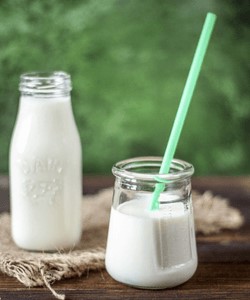
Where is Camel Milk found?
In the south-west of Morocco, precisely in the regions of Guelmim, the best camel milk is found in Morocco, which is without any preservatives added making premium quality milk. Camel milk is a noble product of the southern regions. Camel herd numbers dairy has gone from 50,705 heads in 2008 to no less than 105,000 heads today. There are many camel milk cooperatives in Boujdour which contribute to the development of nearly 500,000 liters of camel milk per year.
What are the benefits of camel milk?
• Camel milk helps lower blood cholesterol levels
• It contains protein insulin-like drugs that help regulate blood sugar
• Wards off psoriasis
• Heals inflammation in the body
• Helps patients with the treatment of tuberculosis
• Strengthens your immune system
• Reduces the growth of cancer cells and cures autism.
• And lately we also discovered that it could help fight against COVID-19!
